Remember our sound exploration adventures with Caterina's Kindergarten class? We're back for round three, this time staying close to home as students explore their school environment through sound.
Setting Up for Success 🏅
What makes a kindergartener a great sound explorer? It starts with understanding their tools. We began by introducing students to their iPad senses – the microphone (ears), camera (eyes), and speakers (mouth). Just like covering your ears muffles sound, covering the iPad's microphone does the same!
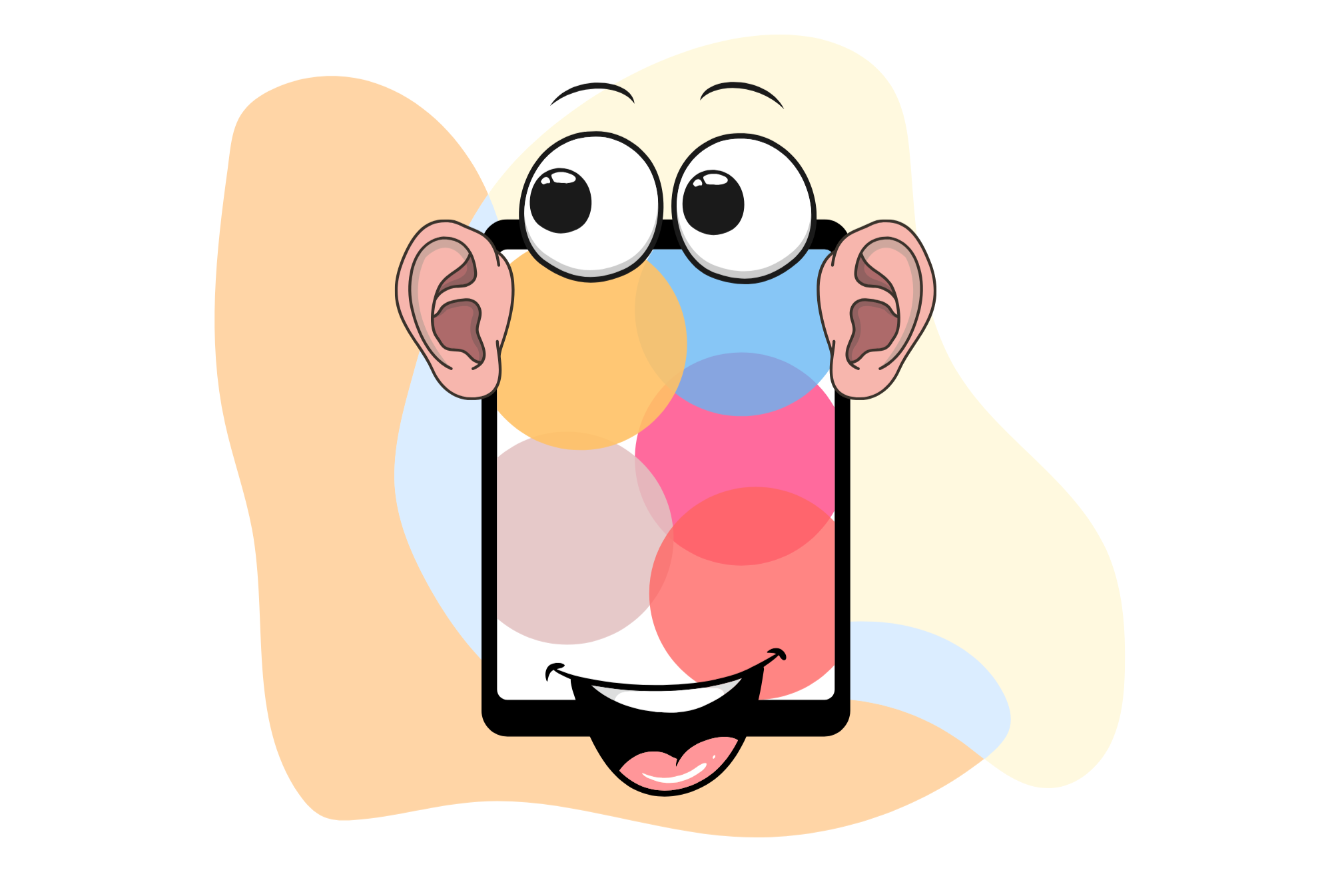
Identifying Familiar Sounds 👂
Before diving into recording, Caterina brilliantly grounded the lesson in familiar territory. She led students through a listening exercise using everyday classroom sounds: chairs being tucked in, cushions being put away, doors opening and closing. The class closed or covered their eyes while Caterina created a soundscape in their classroom.
By connecting sounds to daily responsibilities, students immediately grasped what they were hearing. We found this worked much better than asking them to identify abstract sounds like air conditioning or distant voices, something that younger learners might struggle with.
Visual Teaching for Non-Readers 🔺
What truly sets Caterina's teaching apart is her consistent use of visual aids. Since her students can't read yet, she's developed an elegant system using simple drawings.
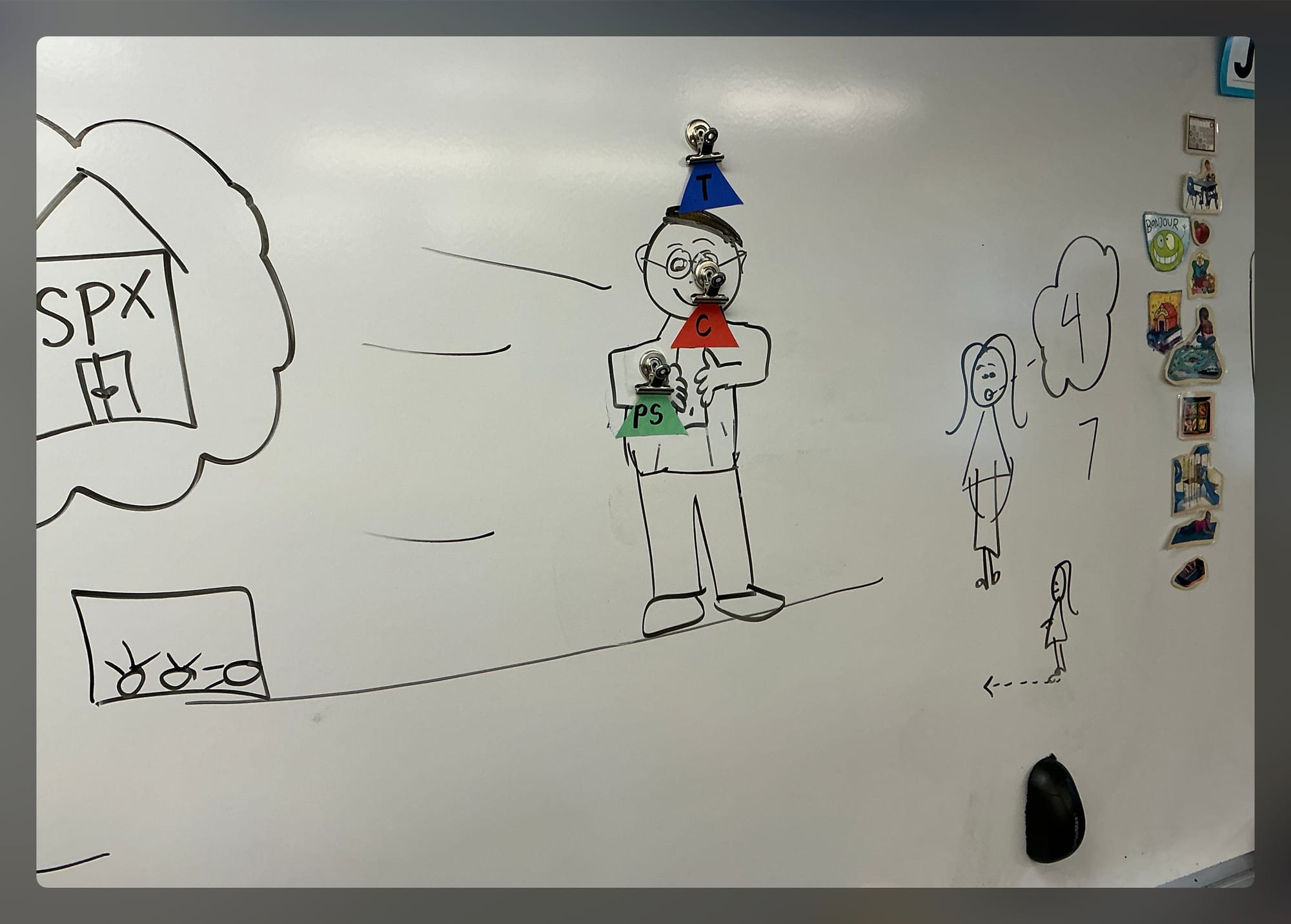
- A figure with a blue triangle and "T" over the head 🤔 represents Thinking: using our brains to make connections.
- An orange triangle with "C" over the mouth 👄 shows Communication: sharing what we know.
- A green triangle with "PS" over the heart ♥️ indicates Personal and Social Awareness: recognizing our excitement and feelings.
As she discussed the upcoming plan for sound recording, she emphasized which Core Competencies the students would be demonstrating along the way, helping them make connections.
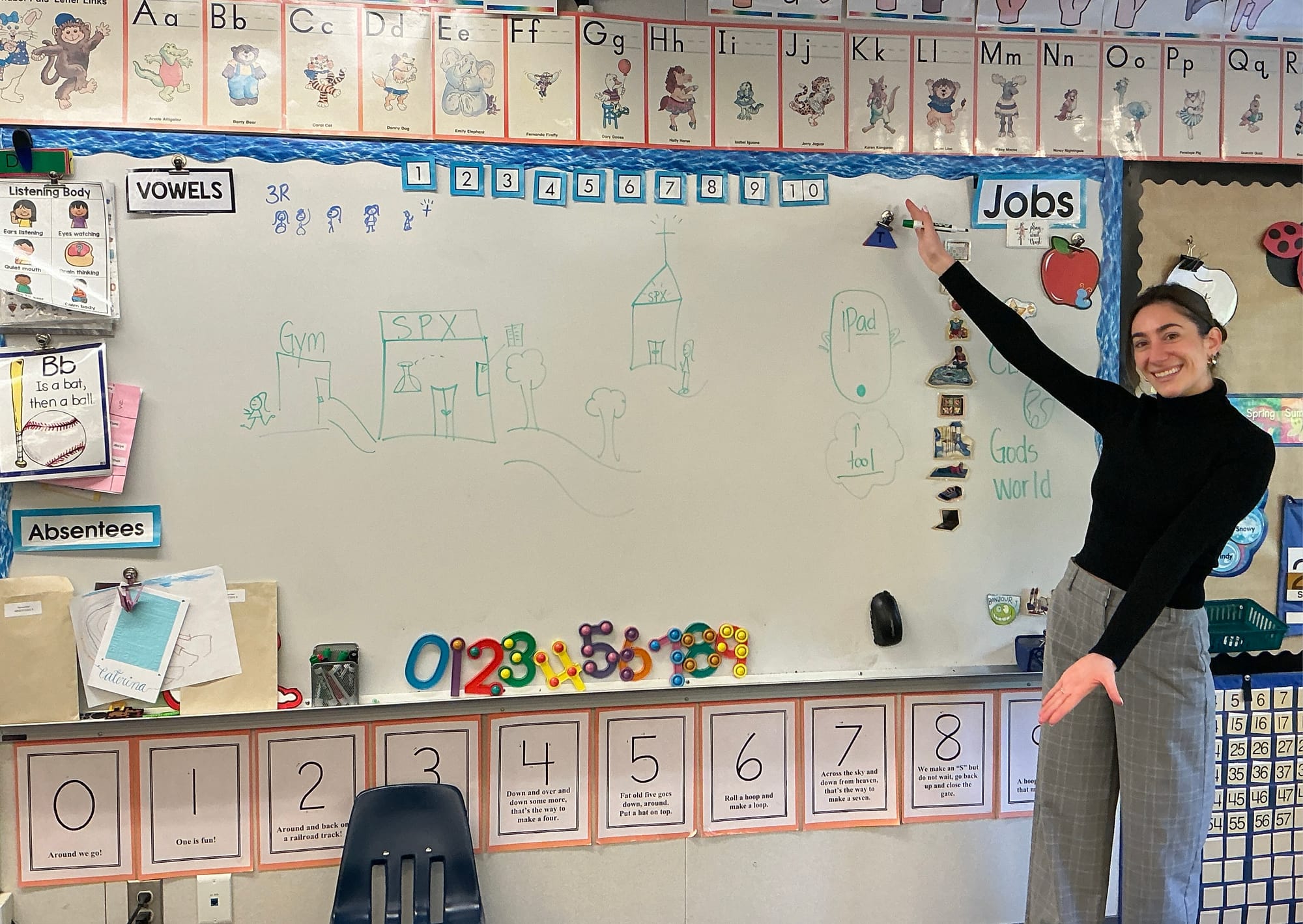
She reinforces behavior expectations the same way, using stick figures to show proper sitting positions or hand-raising. When students get wiggly (as kindergarteners do!), she can simply point to these visual reminders. And yes, regular silly shake-out breaks are built right into the plan!
The Sound Adventure Begins 🎙️
With these foundations in place, our recording expedition felt natural and organized. Students split into two groups to explore the school grounds, armed with iPads and their new recording skills. They chose their recording locations, capturing everything from playground equipment to hallway footsteps, gym echoes to church whispers.

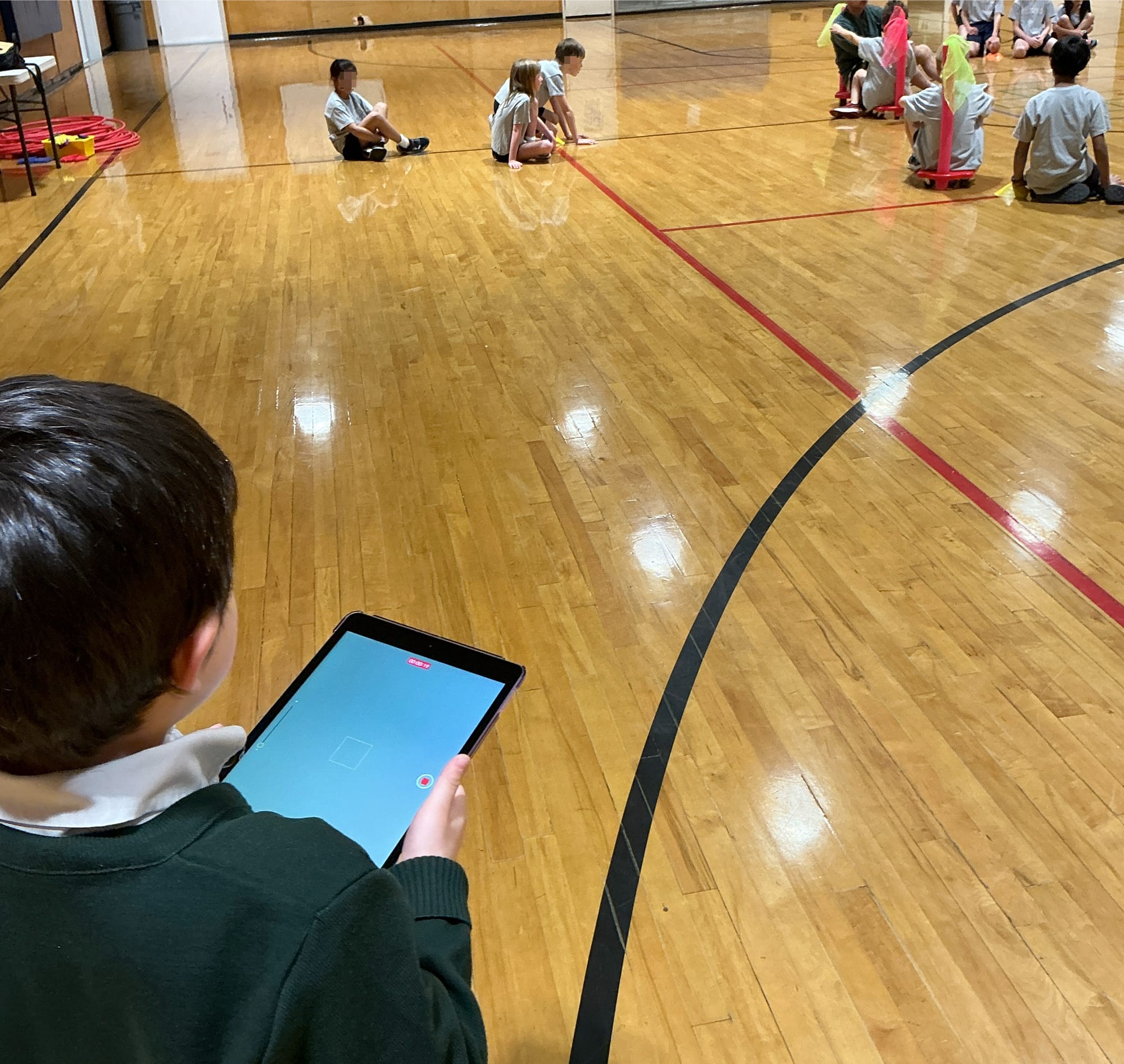
Recording the sounds of playground equipment and a PE class.
One surprising observation? The students noticed how quiet their school actually is! 🤫
We wrapped up in a sharing circle, where each student practiced their communication skills: "I recorded in the gym, and I heard kids playing." Simple, but powerful.
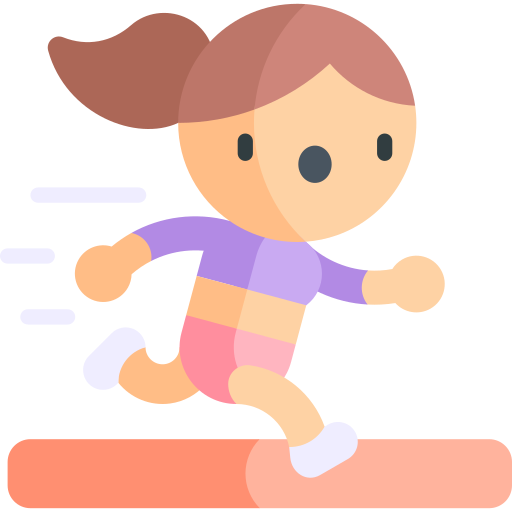


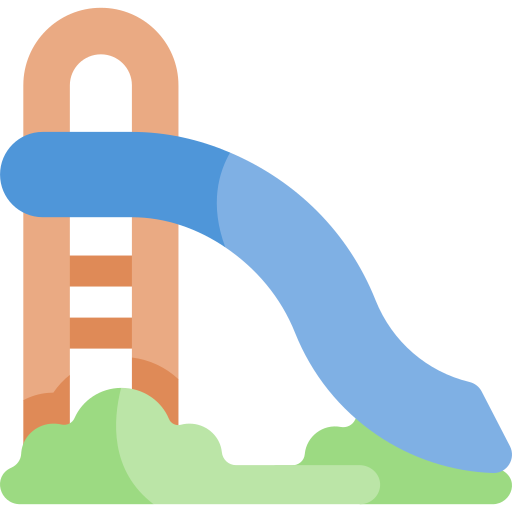
Why This Works 💚
This latest sound adventure revealed something beyond just audio exploration. It showed how consistent, creative teaching practices make complex learning possible for young students. By combining:
- Clear visual guides 👀
- Physical metaphors for abstract concepts 🏠
- Regular movement breaks 🪩
- The school's core values of Respect, Responsibility, and Reverence
Caterina creates an environment where kindergarteners can tackle surprisingly sophisticated projects. Through repetition and embodied learning, she's not just teaching them about sound – she's building foundations for future success.
The Car Alarm 🚨
Have you ever noticed the sound effects you make as a teacher? This Youtube Short has some of us feeling seen and attacked. Hah!
Attribution: Icons created by Flaticon

